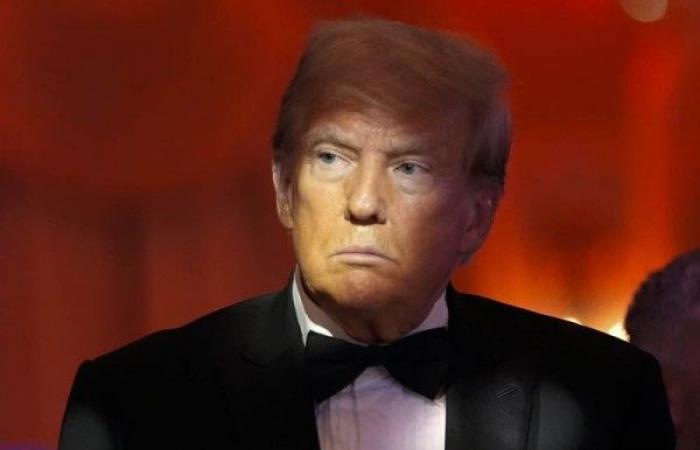After Donald Trump’s victory in the presidential election, US stocks rebounded. Decryption.
Donald Trump is assured of making his return to the White House after winning 312 electoral votes, compared to 226 for Vice-President Kamala Harris. He also won the popular vote. The Republicans also took control of the Senate and obtained a majority in the House of Representatives.
What to watch for now
The election result answered some questions but raised others. The risk of contesting the results, as well as the possibility of an increase in corporate tax and a tightening of regulations are now ruled out.
However, investors now face new uncertainties regarding tariffs, migration policy and geopolitics. Donald Trump is expected to clarify his political orientations in the days and weeks to come, which could create volatility in the markets. However, we must remember that during his first term, he took credit for the strong performance of the S&P 500.
New signals from the Fed
Recently, the US Federal Reserve (Fed) cut interest rates by 25 basis points (bps) in response to an easing labor market and moderating inflation. Its chairman, Jerome Powell, stressed that the Fed makes its decisions based on changing data and said that short-term policy decisions would not be influenced by the outcome of the presidential election.
The Fed should continue to move towards a neutral monetary policy. It should not immediately change its outlook as uncertainty remains regarding the implementation of public policies.
UBS Research forecasts a further cut of 25 bps in December and an easing of 100 bps in 2025. The Fed could slow the pace of rate cuts if it believes that changes in migration, trade or tax policies are likely to lead to renewed inflation.
Fiscal stimulus in China
Donald Trump’s victory increases the likelihood that Chinese exports to the United States will be hit with very high tariffs and undermines the outlook for Chinese stocks. The latest stimulus measures announced recently by the standing committee of the National People’s Congress also disappointed investors.
However, language from Chinese policymakers suggests that previously announced measures and a multi-year fiscal stimulus effort are still in the works. According to UBS Research, this postponement indicates that Chinese leaders could choose to procrastinate while waiting to see more clearly on Donald Trump’s strategy in terms of customs duties.
Investors will therefore be on the lookout for further announcements from Chinese policymakers in the coming months, as they seek to stabilize economic growth and support the struggling local real estate market. For now, UBS Research remains neutral on Chinese stocks.
The impact on investors…
The markets have started to digest Donald Trump’s victory. Initially, they began to anticipate stronger growth and inflation, a slowdown in the pace of policy rate cuts and an increase in customs duties.
As the president-elect’s transition team clarifies its intentions, investors should expect turbulence. They are advised to prepare to take advantage of any market overreaction to build stronger long-term portfolios.
…and on actions
The S&P 500 should reach 6,600 points by the end of 2025 thanks to good growth in the United States, falling interest rates and enthusiasm generated by artificial intelligence (AI). Technology, utilities and finance are among the sectors considered attractive.
Tech stocks could face immediate headwinds from trade tensions, but this is unlikely to outweigh medium-term structural growth and optimism about accelerating commercialization of AI.






